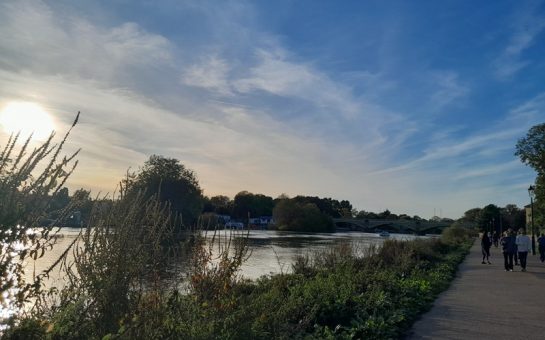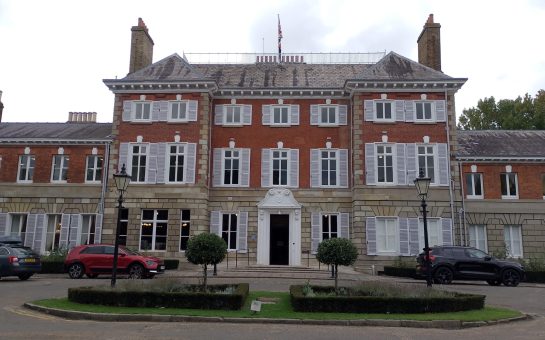Low-income private renters in south west London were hardest hit by rent changes in 2020, Office for National Statistics (ONS) data has shown.
In 29 out of a possible 50 scenarios between December 2019 and December 2020 the cheapest 25% of properties either saw rents decrease slower or increase faster than the overall average in that borough.
However, one of the UK’s leading estate agents has stated that rent reductions were always likely to be less impactful amongst the most inexpensive quartile of properties.
Sam Hurst, marketing manager of OpenRent, said; “Different factors determine price at the bottom of the market than at the top and during the pandemic, London Housing Authority has covered the bottom 30% of rental properties in a given Housing Authority.
“This means that the bottom quartile will be less sensitive to rent reductions, as housing benefit claimants are assured to be able to afford these market rents.
“Additionally, landlords face fixed costs which the rents at the bottom of the market may only barely cover and these landlords may prefer to sell their properties than rent at a loss, meaning that rent reductions are less pronounced in the bottom quartile.”
This trend was most pronounced in Sutton, Richmond, Westminster and Lambeth but was also present in Merton, Kingston, Wandsworth, and Kensington and Chelsea.
One Liberal Democrat MP has stressed that this highlighted the need for more affordable housing and better security for tenants in south west London.
MP for Richmond Park, Sarah Olney said; “There has been an increased demand from wealthier households who have, by virtue of their resources, more choice as regards to where they are able to go while those on lower incomes will have been limited in their options.
“Clearly, the Chancellor’s fiscal policy of continuing to support buyers and shore up house prices at unaffordable levels shows no sign of letting up.
“However I urge him to redirect some of his support and attention toward renters, many of whom have suffered horrendously during the pandemic.”
Richmond saw the most inexpensive quartile of privately rented properties underperform against the average for the borough across studio, one-bedroom, two-bedroom, three-bedroom and four-bedroom properties.
One private renters support group has emphasised that many of those living in the properties worst effected were classified as key workers throughout the coronavirus pandemic.
Portia Msimang, Project Co-ordinator of Renters Rights London, said; “Many of our lowest-paid frontline workers, social care workers, hospital porters, cleaners and supermarket floor staff are private renters.
“Poverty rates in London almost double when housing costs are accounted for and even in Richmond-upon-Thames, more than one in five (21%) people was living in poverty pre-pandemic.
“In Kensington & Chelsea, the poverty rate was 28% and in Lambeth, close to one in three people lived in poverty (30%) and that rate is highly likely to have increased as so many people lost work and income due to Covid-19.
“Rent increase might mean trying to find ways to cut back on other expenditure, which usually means foregoing food at a time when malnutrition is very real in London, it’s terrible but it’s true.”




